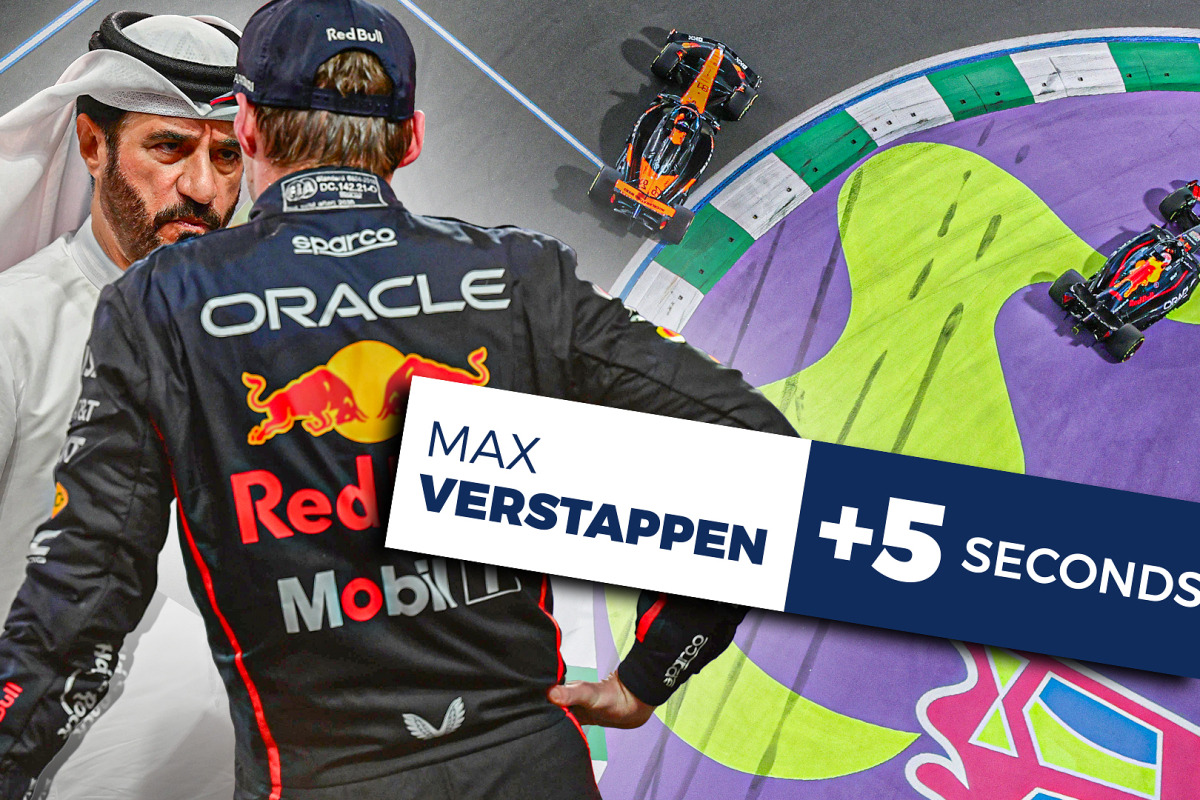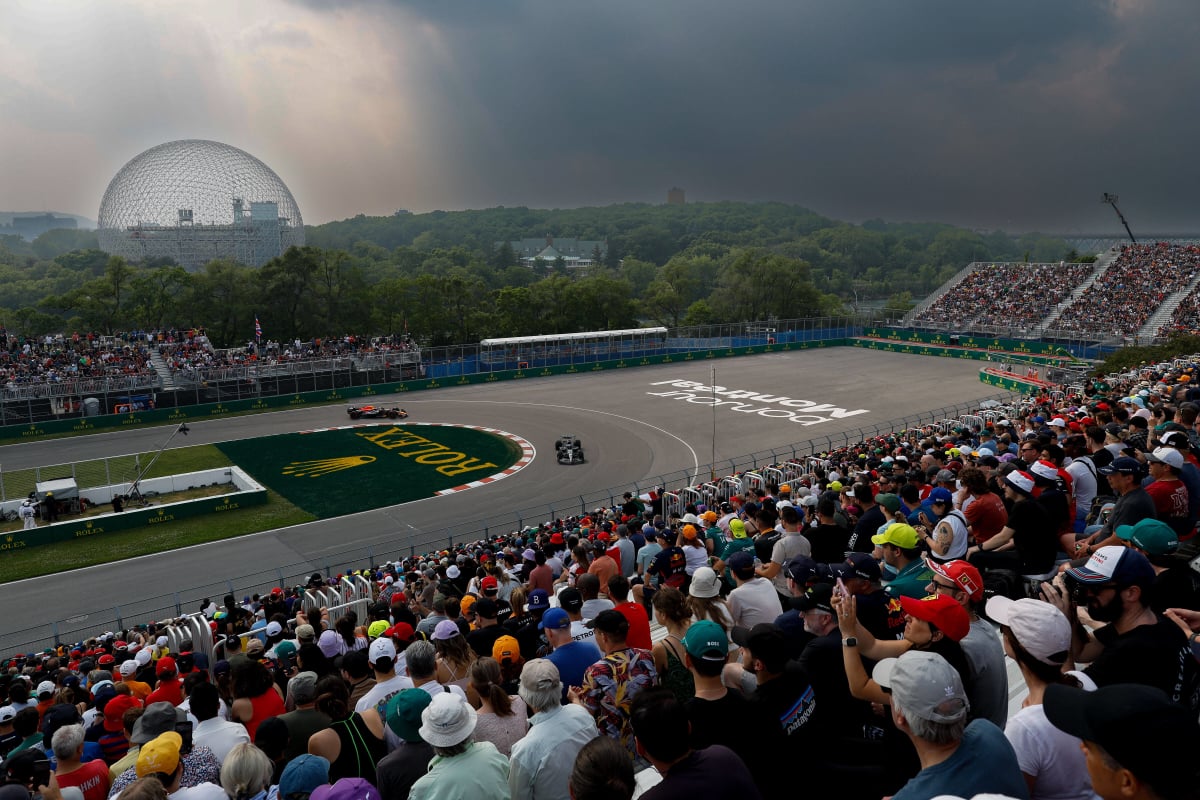FIA statement explains Max Verstappen double penalty due to….read more
The recent Saudi Arabian Grand Prix stirred debate after Max Verstappen received a controversial five-second penalty for a first-lap incident involving Oscar Piastri. While some in the paddock questioned the leniency shown to the reigning Formula 1 World Champion, the FIA has since released an official statement explaining the reasoning behind its decision — and why Verstappen wasn’t handed a more severe penalty.
Starting from pole position, Verstappen came under scrutiny almost immediately after lights out. Heading into Turn 1, he ran wide while battling with McLaren’s Oscar Piastri and managed to stay ahead after rejoining the track. The stewards determined that Verstappen had gained an advantage by leaving the circuit, thus issuing a five-second time penalty. Red Bull team principal Christian Horner was visibly frustrated, even presenting photographic evidence in defense of his driver. Despite the team’s protests, the FIA stood by the ruling and explained why the penalty was not harsher.
The FIA’s statement acknowledged that the default penalty for a driver leaving the track and gaining a lasting advantage is typically 10 seconds. This was clearly demonstrated later in the race when Liam Lawson, driving for Racing Bulls, received a full 10-second penalty for a nearly identical offense. However, in Verstappen’s case, the stewards cited a key mitigating factor: the timing of the incident.
Because Verstappen’s move occurred during the chaos of Turn 1 on the first lap — a part of the race where congestion and contact are more common — the FIA opted for leniency. They clarified that Turn 1 on the opening lap often leads to close racing, limited visibility, and less room for error. As such, Verstappen was issued a reduced five-second penalty in recognition of these circumstances.
By contrast, Lawson’s penalty was not mitigated. The FIA explained that during his battle with Alpine driver Jack Doohan, Lawson left the track and gained a position, but was not in a Turn 1, lap one scenario. According to the stewards, Lawson’s maneuver lacked justification since he completed the overtake before the turn but carried so much speed that he couldn’t stay on track. Furthermore, Lawson did not return the position, leading the FIA to impose the standard 10-second penalty.
Lawson ultimately finished the race in 12th after the penalty, having initially crossed the line in 11th. Verstappen, despite the penalty, retained his position and avoided further sanction after serving it during his pit stop on lap 15.
While Red Bull and Verstappen made their frustrations known, the FIA defended its application of the rules. The organization emphasized that the context of each incident — including race phase and driver behavior — is taken into account when determining penalties. The distinction between Verstappen’s lap one battle and Lawson’s mid-race overtake played a decisive role in the stewards’ differing judgments.




